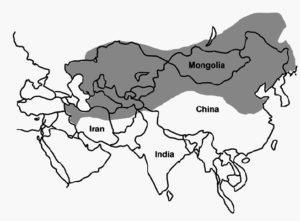Reusable vs. Single use
There is currently a strong debate around reusable and single use products. However, in the world of endoscopy the research by healthcare agencies, scientists and medical professionals strongly leans towards the increased uptake of single use devices.
At present, reusable endoscopes cost about £45,000 each, and their supporting processors a similar amount. In addition, they require expensive high level disinfection machines and a lot of manpower throughout the process. In the West, this can cost up to £200 each time the endoscope is cleaned (this is not a sterilisation process). In addition, large volumes of pure water and reliable power supplies are also necessary for this cleaning process to occur. Unfortunately, many emerging economies just cannot offer the infrastructure needed to support this, even if they can manage the initial capital costs.
As such, single use endoscopy innovation offers a lifeline to those economies where the adoption of reusable endoscopes is neither affordable nor practical.
Will single use endoscopes make a difference worldwide?
Globalisation has had a drastic positive effect on poverty reduction and on improving the standard of living of many individuals. As a result, infectious disease levels have fallen, and with it, infant mortality rates. Additionally, adult life expectancies have increased. But something else has also happened… there has been a shift towards Western style diets, with fibre content falling and red meat intake rising, and there are also possible changes to the gut microbiome. Research suggests that all of this will equate to levels of colonic cancer increasing. Further, the prevalence of inflammatory bowel diseases is also on the increase. These changes in diet, life expectancy and lifestyle, all mean an associated increased demand for disease detection procedures, particularly endoscopies.
According to the WHO, oesophageal cancer is the sixth most prevalent cancer in the world. Furthermore, an ‘oesophageal cancer belt’ has been identified extending from North East China, stretching through central Asia right to northern Iran; within this belt the incidence of oesophageal cancer is more than a hundred times that found in adjacent areas. Interestingly, oesophageal cancer rates are 20 to 30 times higher in China than found in the United States.

Visual representation of the ‘oesophageal cancer belt’
Maybe surprisingly, North Korea is considered the gastric cancer capital of the world. This is likely to be due to very high population levels of helicobacter, an organism which is difficult to eradicate from the gut. There is also research to suggest that there is likely to be high levels of toxic metals in fish stocks here.
As you can see, there are many areas around the world that are in real need of better diagnostic options in terms of identifying gut disease and cancers. As in the West, gastro intestinal malignancy outcomes are massively improved by early detection. And early detection really depends on endoscopy as the prime diagnostic tool.
If we could offer mass produced low cost, yet reliable and high performance endoscopes, then the impact on these countries and their populations would be enormous.
We at IQ Endoscopes are developing just this kind of solution.
Please have a look around our website to find out more about the single use endoscopes that we are developing, to help diagnose and treat the worldwide increase in gastrointestinal diseases.
